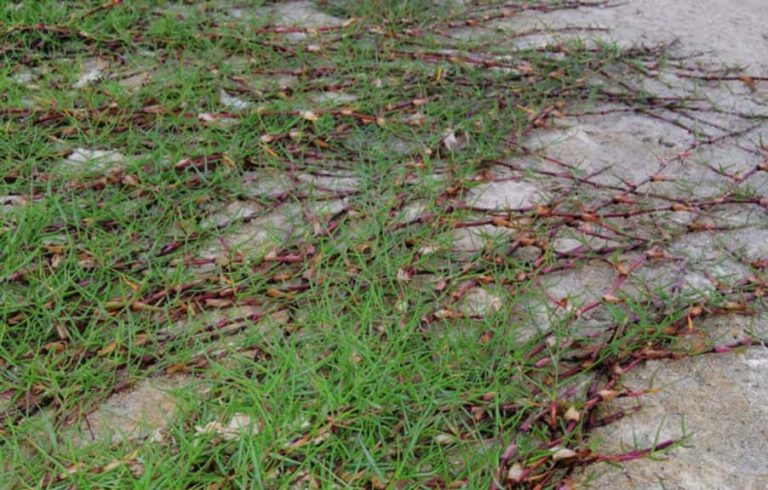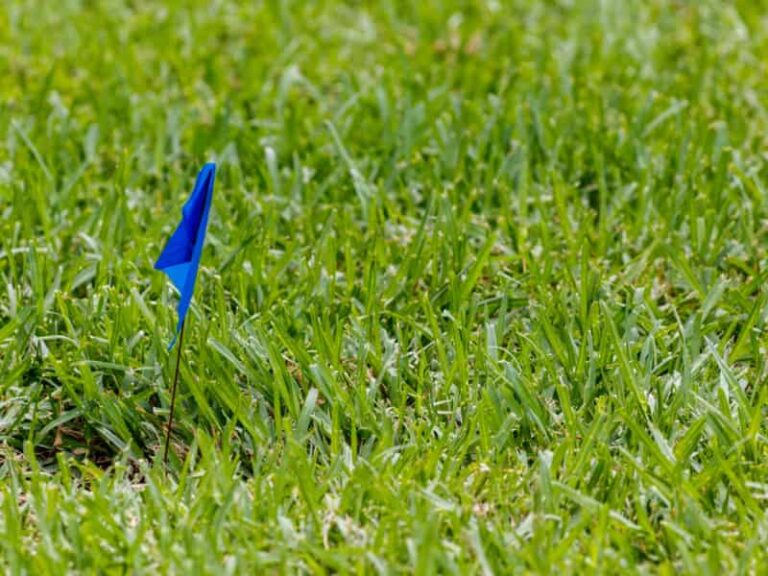When to Aerate Bermuda Grass [Best Time and Why]
Aeration- also known as core aeration- is the process by which soil compaction is alleviated by perforating holes into the soil. This helps with air, nutrient, and moisture circulation in the soil, consequently improving grass growth. So, when should you aerate a Bermuda grass lawn?
Aerate a Bermuda grass lawn between April and July when the weather is warm and the grass is growing rapidly. Avoid aerating warm-season grasses during the cold months when the grass is dormant, otherwise, you’ll encourage weeds to grow faster. If you have clay soil that gets compacted easily, aerate twice per season.
Below is an elaborate guide on why you should consider aerating your Bermuda lawn, as well as the best time for doing so.
When to aerate Bermuda grass
The best time to aerate your Bermuda turf is at the beginning of summer when it is peak growth season for warm-season grasses. Typically, at this time of the year, Bermuda grass turf tends to exhibit rapid growth.
However, if you have compacted or clay soil in your yard, you’ll need to aerate twice every year, as the process relieves soil compaction, enabling water and nutrients to penetrate the soil more easily.
To determine whether your Bermuda grass lawn needs to be aerated, consider the following factors:
- Whether it gets heavy foot traffic that can contribute to soil compaction.
- Whether the thatching exceeds half an inch, as excessive thatching causes the turf to dry out easily, necessitating aeration.
- If the lawn was established by sodding, as installation of Bermuda sod incorporates soil layering, which can lead to disruption of drainage. This- then- leads to soil compaction and inhibits proper root development.
When aeration is undertaken, moisture can finally penetrate past the fine-textured soil layer into the deeper, coarse-textured soil layer where the grass roots are.
Can core-aerating damage a lawn?
Yes, while aerating serves to improve moisture and nutrient penetration into the soil, it can cause great damage to your turfgrass if not done the correct way.
For starters, you need to ensure you have the proper equipment when aerating your lawn, preferably, a plug aerator. Using the wrong equipment- such as cleats- to create holes in your lawn soil can actually cause additional compaction, further stressing your turfgrass.
You can also cause damage to your turfgrass if you don’t know how to properly use your aeration machine. Some tend to lift and spin the whole machine during each turn to save on time, instead of disengaging the tines from the handle. This- then- results in turf damage and bare spots on the lawn.
Can you aerate Bermuda grass in the fall?
It’s not advisable to aerate your Bermuda lawn in the fall, as your turf is less likely to benefit from the process at this time of the year. Being a warm-season grass, Bermuda grass usually goes dormant starting from late fall-early winter. Therefore, when aeration is done during this season, the added benefits of improved air, water, and nutrient circulation in the soil won’t help make your lawn denser or greener.
Instead, I recommend aerating your Bermudagrass turf during spring just when vigorous growth is about to begin. Fall aeration- meanwhile- is best reserved for cool-season turfgrasses like fescue and annual ryegrass, as they undergo vigorous growth at around this time of the year.
Should you overseed after aerating a lawn?
Yes – you should overseed after aerating your lawn to increase the chances of more grass seeds and moisture penetrating into the soil via the holes created by aeration. Overseed your lawn within 48 hours of aerating it. Ensure that you applied a post-emergent herbicide at least 6 weeks earlier instead of overseeding a lawn with weeds.
To properly aerate and overseed your lawn, follow the procedure detailed below:
- Prep your lawn for aeration by clearing it of all obstacles and marking your sprinkler heads to avoid damaging them.
- Before getting started, lightly water your lawn to get the soil moist, as using an aeration tool on dry soil takes lots of physical effort. This can be tiring, especially if you have a large lawn. This is why we recommend watering the lawn before aerating, or aerating the day after it rains.
- Aerate your lawn by making several passes over the compacted areas. We recommend using a plug aerator instead of a spike aerator, as the former aeration tool removes plugs of soil from the lawn, instead of simply poking holes into the soil. This method is more effective at relieving soil compaction.
- Overseed the lawn by sowing grass seeds at a rate of 6-8 pounds for every 1000 square feet of lawn space. Depending on what you’re looking to achieve, you can successfully overseed your Bermuda lawn with Bermuda grass hybrids, or other warm-season and cool-season grasses.
Benefits of aerating your lawn
Whenever you aerate your Bermuda lawn, the turfgrass benefits in more ways than one. Below are some of the benefits of aerating your lawn:
Improved turf health
Through aeration, deeper and extensive root growth occurs, due to increased access to air, water, and nutrients. Consequently, your turfgrass will grow faster and look healthier and denser.
Helps Reduce Thatching
Thatch refers to the layer of dead grass that builds up on your lawn, thus inhibiting the penetration of moisture and nutrients into the soil. Aeration helps minimize thatching by opening up the soil to free microorganisms that can decompose the thatch layer.
Helps to relieve soil compaction
Aeration helps relieve soil compaction by removing plugs of soil to minimize soil density. As mentioned earlier, compact soil inhibits the penetration of water, nutrients, and air into the deeper layers of the soil.
Helps to prepare the lawn for overseeding
Aeration opens up the ground for improved seed contact with the soil, which is important for germination to take place. As such, we recommend aerating your lawn before overseeding for improved seedling growth and development.
Helps with pH modification
If you’re looking to modify your soil pH deeper into the soil profile, you can do so through core aeration, succeeded by application of Sulphur or lime. The process allows for deeper absorption of nutrients into the root zone, thus facilitating turfgrass growth.
Helps reduce runoff water
Your Bermuda turf could be growing on soil that’s so compacted that you always end up with water puddles on the lawn after every downpour. To improve drainage of such runoff water, you should aerate the lawn.




